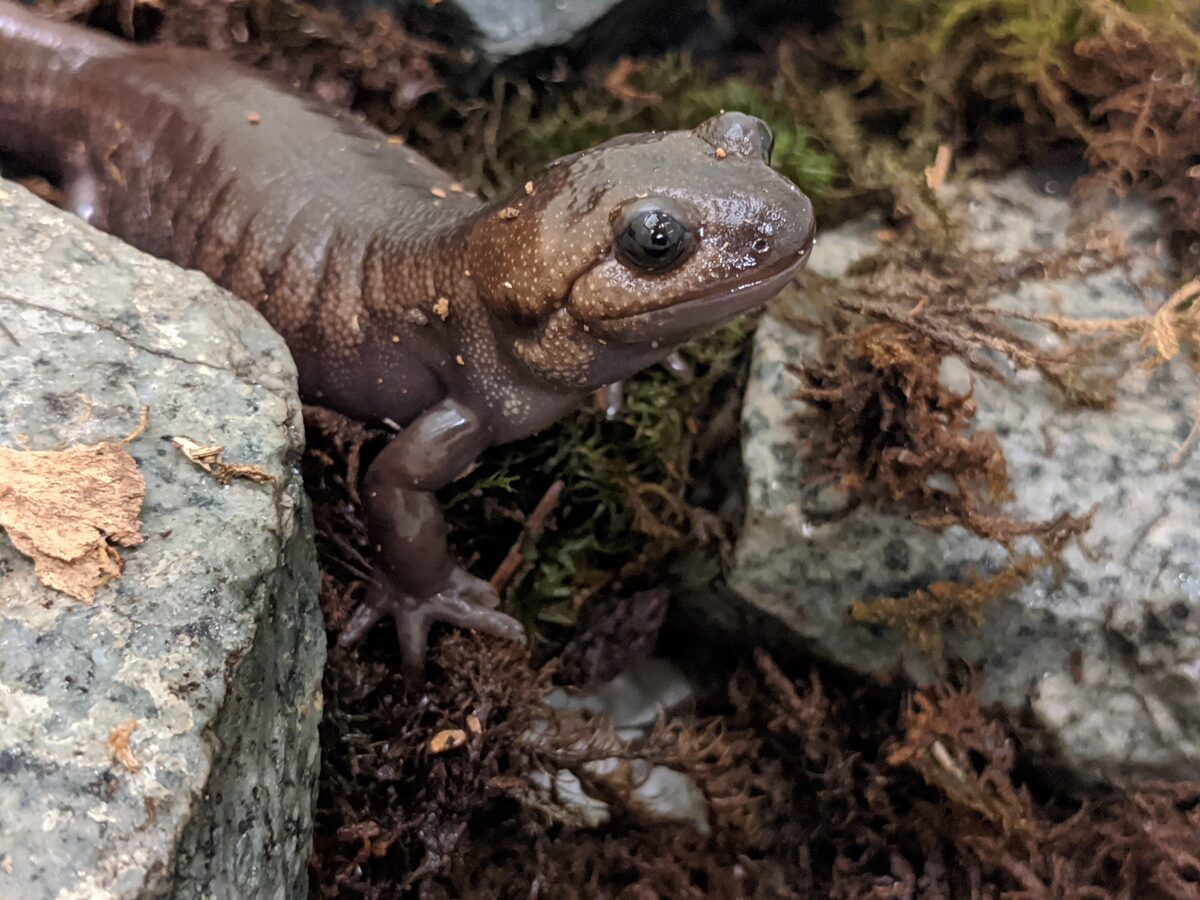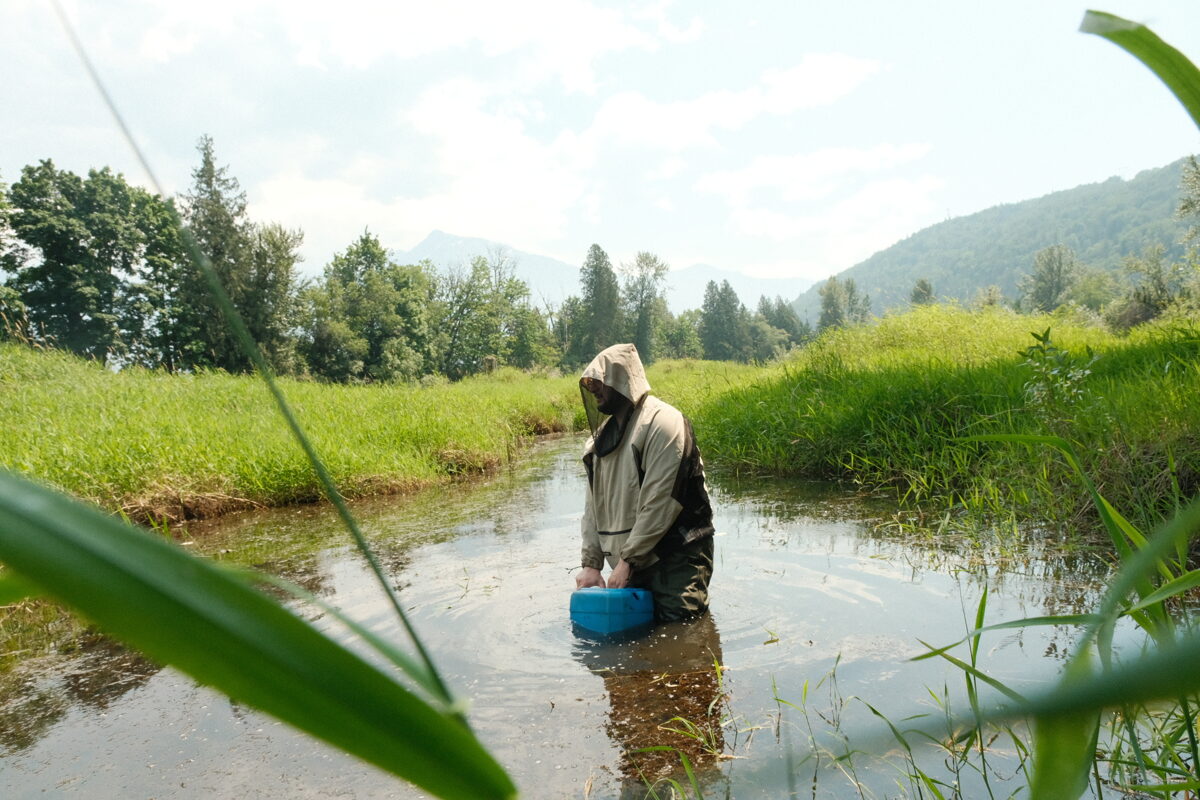Chemical Exposure and Effects in West Coast Pacific Salmon
Lead Graduate Students: Bonnie Lo, Michael McKay, Kurt Guo
With widespread urbanization and industrialization increasing demand for natural resources, environmental pollution is expected to increase and the contributions of chemical pollution to wildlife declines is of grave concern. Indeed, contaminants are considered one of the planet’s greatest threats to natural ecosystems. To investigate and better understand the significance of contaminants on aquatic ecosystems we use early life stage salmonids as a sentinel freshwater species. Our aim is to investigate low-level, environmentally relevant contaminant effects in salmonid species, which are ecologically significant and an important food source for many Indigenous and non-Indigenous communities. To date, ongoing studies in the Fraser River, one of the most productive salmon rivers in the world, are revealing a diverse array of chemicals downstream of human activities, yet the ecological and human health impacts are largely unknown. Our lab-based experiments on neonicotinoids, tire degradation products and metals are revealing sub-lethal effects in salmonids at low levels not previously reported using traditional toxicity testing measures in aquatic wildlife. We propose that more sensitive, sub-lethal measures using advances in molecular biology (i.e. omics technologies) combined with conventional health measures in aquatic species will advance aquatic toxicity testing regimes. Ultimately, the goal is to predict contaminant concentrations that can be translated to population-level effects prior to salmonid declines and other ecological and human health impacts.
Past Graduate Students: Debbra Reeves, Sarah Calbick, Ginny Leung










